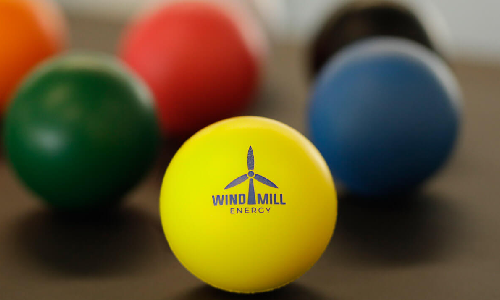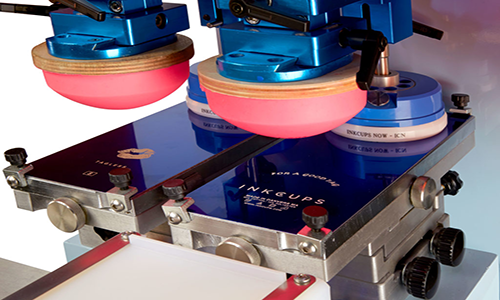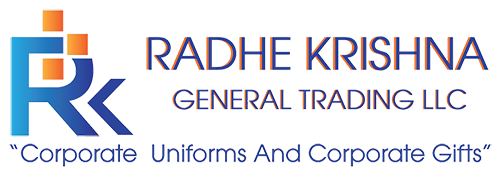

Pad Printing
Pad printing (also called tampography) is a printing process that can transfer a 2-D image onto a 3-D object. This is accomplished using an indirect offset (gravure) printing process that involves an image being transferred from the cliché via a silicone pad onto a substrate.
TA printing technique that is often used for promotional products is pad printing. This technique is fast, economical and can be applied to virtually any desired shape. A disadvantage is that this technique is only suitable for small surfaces. When printing large surfaces, we recommend using screen print.
Examples where pad printing can be used are stress balls, mugs, pens, lighters ….
One of the main advantages of using pad printing is that you can use it to print on three dimensional surfaces and products of all shapes and sizes. It doesn’t matter if your items are curved or have an uneven surface, using this printing method will still achieve a quality print.
Pad printing is also suitable for delicate and mechanically sensitive products. If you need to print fine subjects, you will find that the resolution of pad printing is far better than that of screen printing.
While pad printing is great for achieving accurate results, it is slightly limited in terms of speed. You usually have to apply multiple colours separately, so there is a slight risk of registration. However in terms of reliability and versatility, you really can’t beat it!


